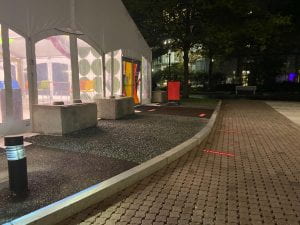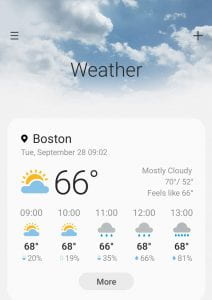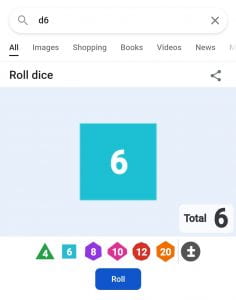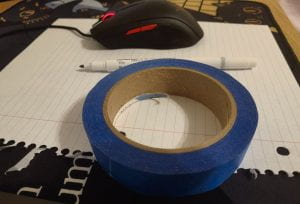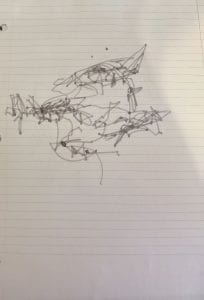Rule:
The player tries to reconstruct the whole thing after reading the sentence provided. Players can ask me questions about the case. I would just say yes, no and it doesn’t matter. The player needs to know the whole story of the case from these questions. The player has three chances to ask me for a hint about an item. I’ll tell them what it’s about.
Artist statement:
The game mechanic I appropriated was a game called 海龟汤 (Turtle soup) in China. The rules of the turtle soup is to give an incomplete story, let quizzes to ask the possibilities of the problems, and ask to solve these problems can only say “yes”, “no” or “has nothing to do with it” these answers, so the quizzes must in limited clues in the reasoning of the event, by defining the Q&A piece together a full picture of the story. I didn’t change the rules of the game too much because the mechanics were hard to change. When I was playing on my own I found it a bit difficult to tell what happened by asking questions alone, so I added in the rules that players could ask me for three items. In this work, I borrowed more from the story in the game. I adapted it from a story in a book I read in junior high school called 十宗罪 (Ten Deadly Sins). The original story is like a murderer killed a woman and was heard by a blind man. The blind man asked what he was doing. He said he was mopping the floor. The next day the police saw blood all over the floor, but there were no footprints, because the killer had used the body as a mop and had wiped his tracks with the victim’s hair. And then I adapted it into a man had to go to a public toilet because his toilet was broken. It was dark in the toilet and he met a cleaner. He said hello to the cleaner and went to the bathroom. The next day the police knocked on the door and said there had been a murder in the toilet yesterday. The man quaked when he saw the photos of the crime scene. Why is that? I think appropriation can make the work more perfect, because the original work is already perfect. It can also give new life to previous works when used for appropriated by later people. After being used for appropriation, people will pay more attention to the original work. My inspiration comes from one piece from Grapefruit, which is a conversation piece. In that piece, people are trying to use their words to convey information. People also need to judge whether the information they are being given is correct. That’s pretty much the same idea as my game. I don’t give the player too much information, but the player still has to piece things together from the information I give them. Unlike Yoko Ono, my information was correct.
.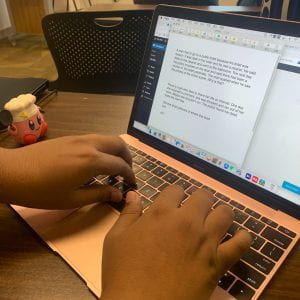


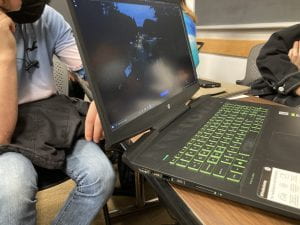

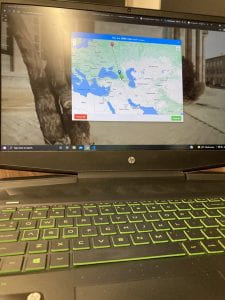
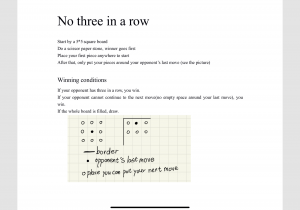
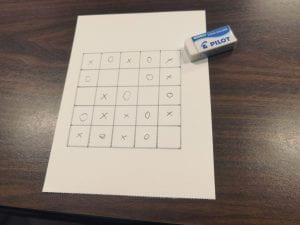
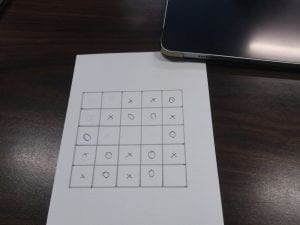
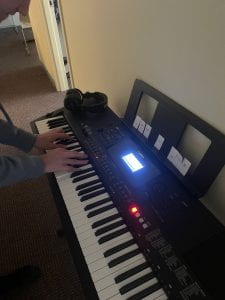
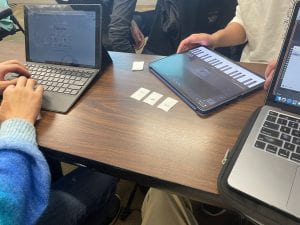
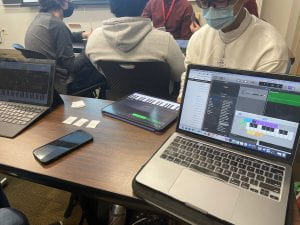

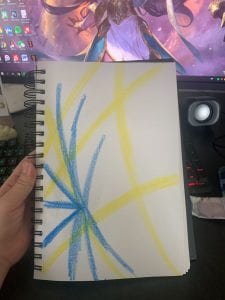





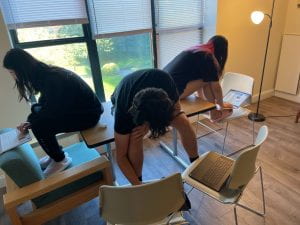
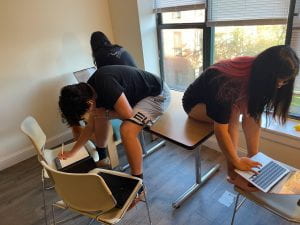 .
. 



